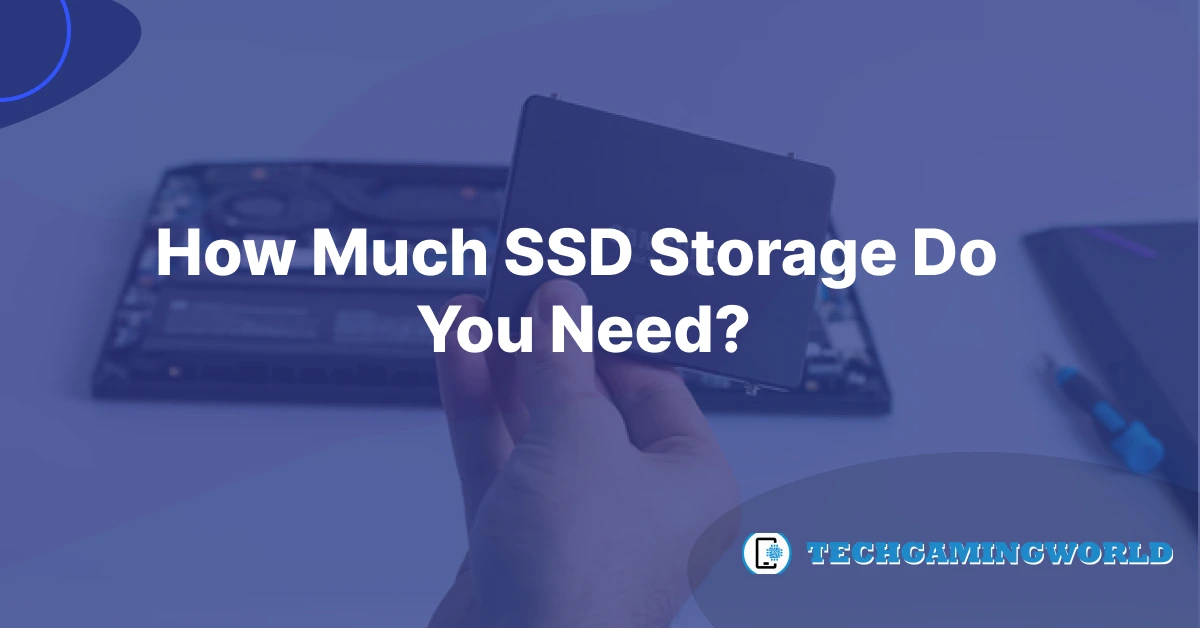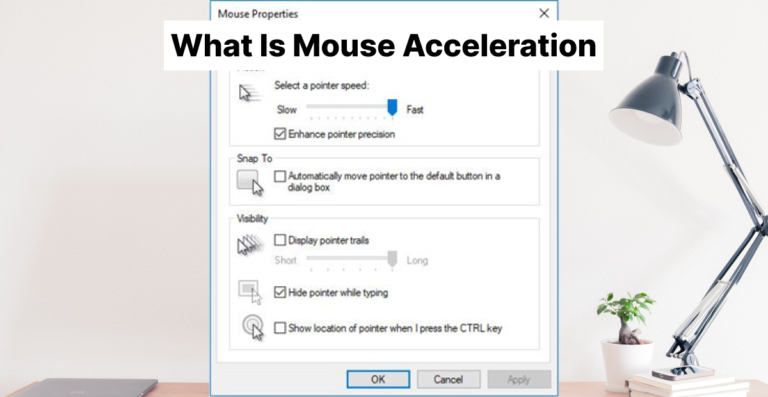“Optimal SSD Storage: How Much SSD Storage Do You Need? “
Do you want to know that How much SSD storage do you need for your laptop and desktop? If yes, then you are on the right page. The increasing popularity of solid-state drives (SSDs) has revolutionized the storage landscape, offering faster read and write speeds compared to traditional hard disk drives (HDDs). When it comes to choosing the right SSD storage capacity for your laptop or desktop, it’s essential to strike a balance between your storage requirements, budget, and performance needs. In this article, we will delve into the factors to consider when determining how much SSD storage you need, whether you’re upgrading an existing system or purchasing a new one.
How Much SSD Storage Do You Need for Your Laptop and Desktop?
Determining the ideal solid-state drive (SSD) storage capacity for your laptop or desktop is a crucial consideration when it comes to optimizing performance and meeting your storage needs. With SSDs offering faster read and write speeds compared to traditional hard disk drives (HDDs), finding the right balance between storage requirements and budget becomes essential. Whether you’re upgrading an existing system or purchasing a new one, understanding factors such as usage patterns, operating system requirements, software installations, multimedia content, and gaming needs will guide you in determining the optimal SSD storage capacity. you can check 11 Effective Ways To Speed UP Your Hard Disk Drive Instantly.

Here are some Factors to Consider to know better about How Much SSD Storage Do You Need for Your Laptop and Desktop?
Usage Patterns
The first consideration in determining SSD storage capacity is your usage patterns. Ask yourself how you primarily use your laptop or desktop. Are you a casual user who mostly engages in web browsing, email, and light productivity tasks? Or are you a power user who works with large files, multimedia content, or resource-intensive applications such as video editing or gaming? Understanding your usage patterns will help you estimate the amount of storage you require.
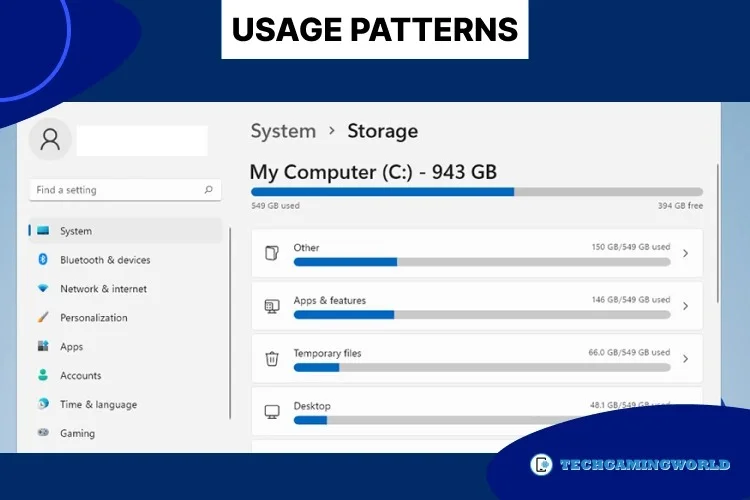
Operating System and Software
The operating system and software installed on your laptop or desktop will occupy a significant portion of your SSD storage. Windows, macOS, and Linux distributions generally require around 20-30 GB of storage space. Take into account the size of your frequently used applications, productivity suites, creative software, and games. It’s recommended to allocate some additional space for future updates and new software installations.
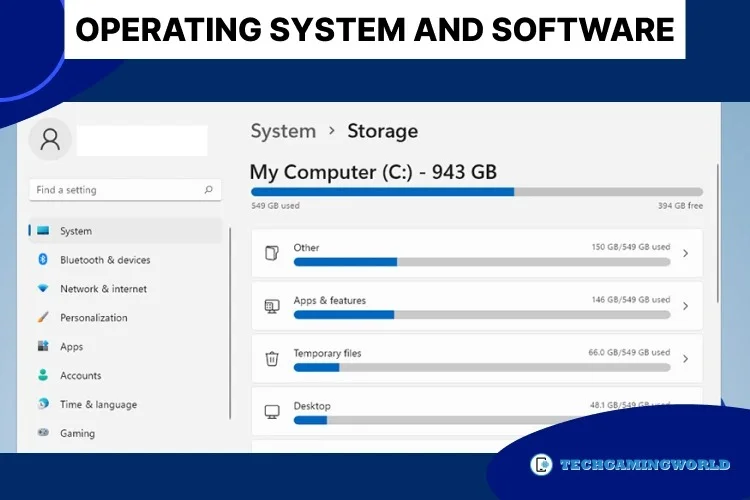
Multimedia Content
If you work extensively with multimedia content such as high-resolution photos, videos, or audio files, your storage requirements will increase accordingly. Raw image files, 4K videos, and large audio projects can consume significant amounts of storage space. Consider the size of your media library and allocate adequate space for storing and editing your files.
Gaming
Gamers often require substantial storage space due to the size of modern games. Some games can occupy tens or even hundreds of gigabytes. If you are an avid gamer, factor in the storage space needed for your game library. Additionally, if you engage in game streaming or content creation, allow for extra space for recording and storing gameplay footage. Is It Bad Playing Games Off An External Hard Drive? Ultimate Guide.
Recommended SSD Storage Capacities:
For Laptops Storage
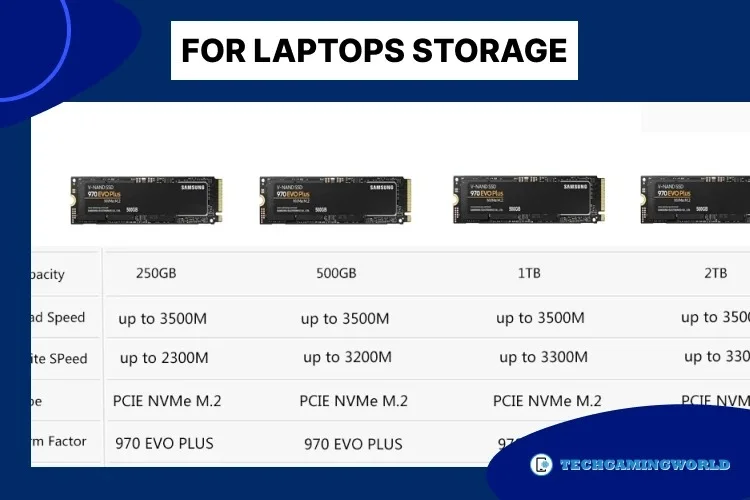
a. Basic Usage (Web browsing, email, light productivity): 256 GB – 512 GB
For users who engage in basic tasks and do not store many large files, a smaller SSD in the range of 256 GB to 512 GB will suffice. This capacity can comfortably accommodate the operating system, essential software, and a moderate number of documents and media files.
b. Average User (Office work, multimedia consumption): 512 GB – 1 TB
average users who require more storage space for their work and multimedia needs, a range of 512 GB to 1 TB is recommended. This capacity allows for a larger collection of documents, media files, and software applications, providing ample room for growth and flexibility.
c. Power User (Resource-intensive tasks, gaming): 1 TB – 2 TB or higher
Power users who engage in resource-intensive tasks like video editing, 3D rendering, or gaming should consider SSDs with capacities starting from 1 TB and going up to 2 TB or higher. These larger capacities can accommodate large project files, extensive game libraries, and other demanding applications, ensuring smooth performance and reducing the need for frequent storage management.
For Desktops
a. Basic Usage (Web browsing, email, light productivity): 256 GB – 512 GB
Similar to laptops, desktop users with basic usage patterns can opt for SSD capacities ranging from 256 GB to 512 GB. This capacity is sufficient for the operating system, essential software, and a moderate amount of data.
b. Average User (Office work, multimedia consumption): 512 GB – 1 TB
Average desktop users who require more storage space for office work, multimedia consumption, and software installations can benefit from SSDs in the range of 512 GB to 1 TB. This capacity allows for a larger data repository, accommodating documents, media files, software, and games.
c. Power User (Resource-intensive tasks, gaming): 1 TB – 4 TB or higher
Power users, such as graphic designers, video editors, or gamers, should consider SSD capacities starting from 1 TB and going up to 4 TB or higher. These larger capacities cater to the demands of resource-intensive tasks, extensive game libraries, and the storage of large media files.
Conclusion
Choosing the appropriate SSD Desktop or Laptop storage capacity involves considering various factors, including your usage patterns, operating system requirements, software installations, multimedia content, and gaming needs. By analyzing your specific requirements and striking a balance between storage needs and budget constraints, you can select an SSD capacity that aligns with your present needs while providing room for future expansion.
By carefully assessing your storage requirements and considering the recommendations outlined in this article, you can make an informed decision regarding the SSD storage capacity that best suits your laptop or desktop, ensuring optimal performance, efficiency, and storage management. So we hope you are now well aware of How Much SSD Storage Do You Need for Your Laptop and Desktop? If you want more information you can comment in the comment section below.

About Author
I am EDIE MILES, the founder of TechGamingWorld, a blog. in which is an online gaming community dedicated to providing the latest news and reviews about the world of online games, including PC and console games. Read More

